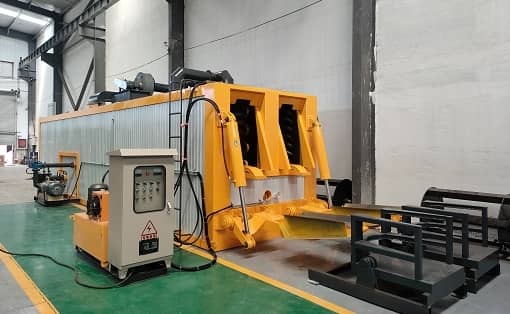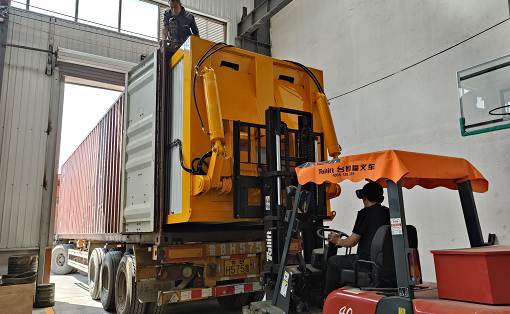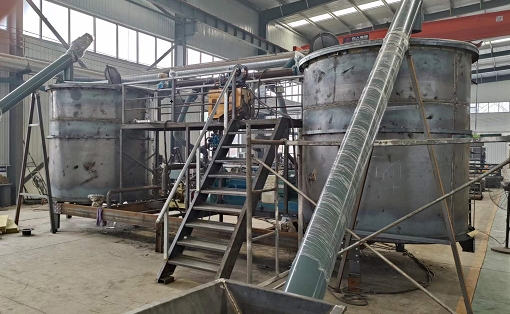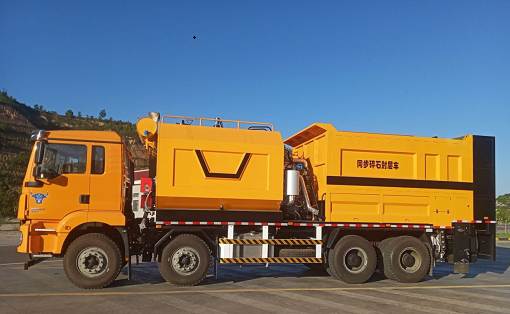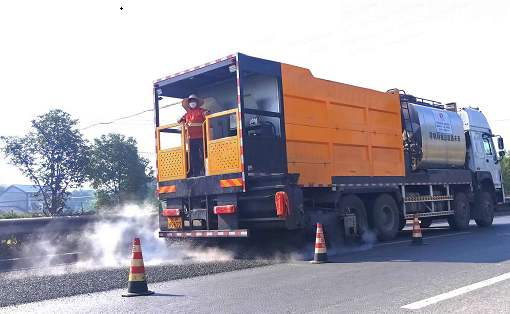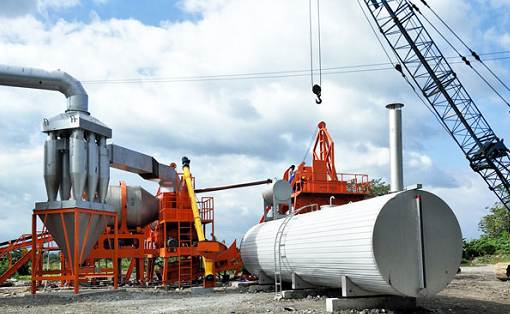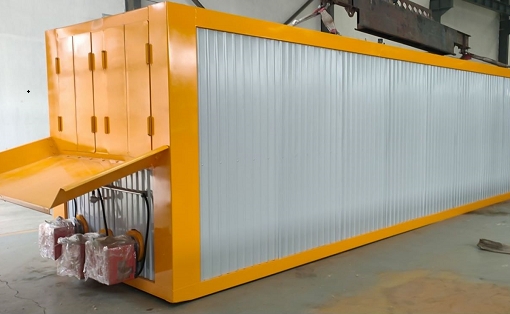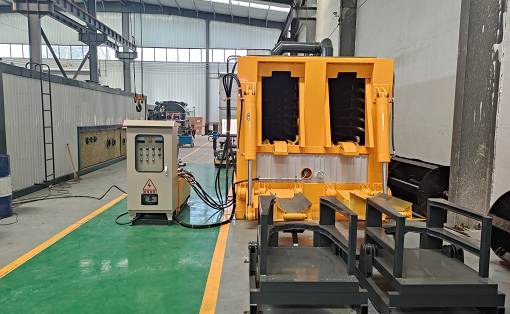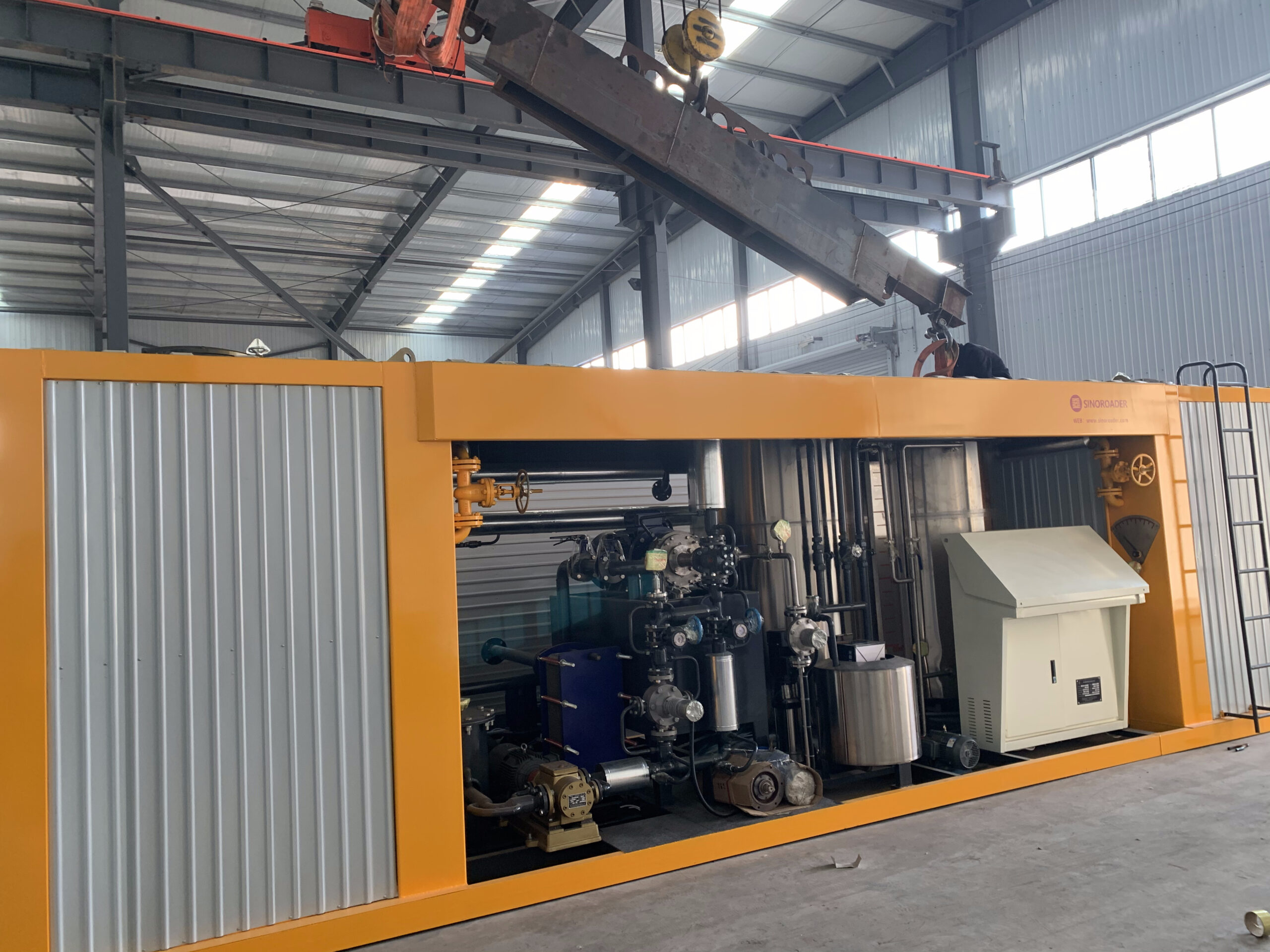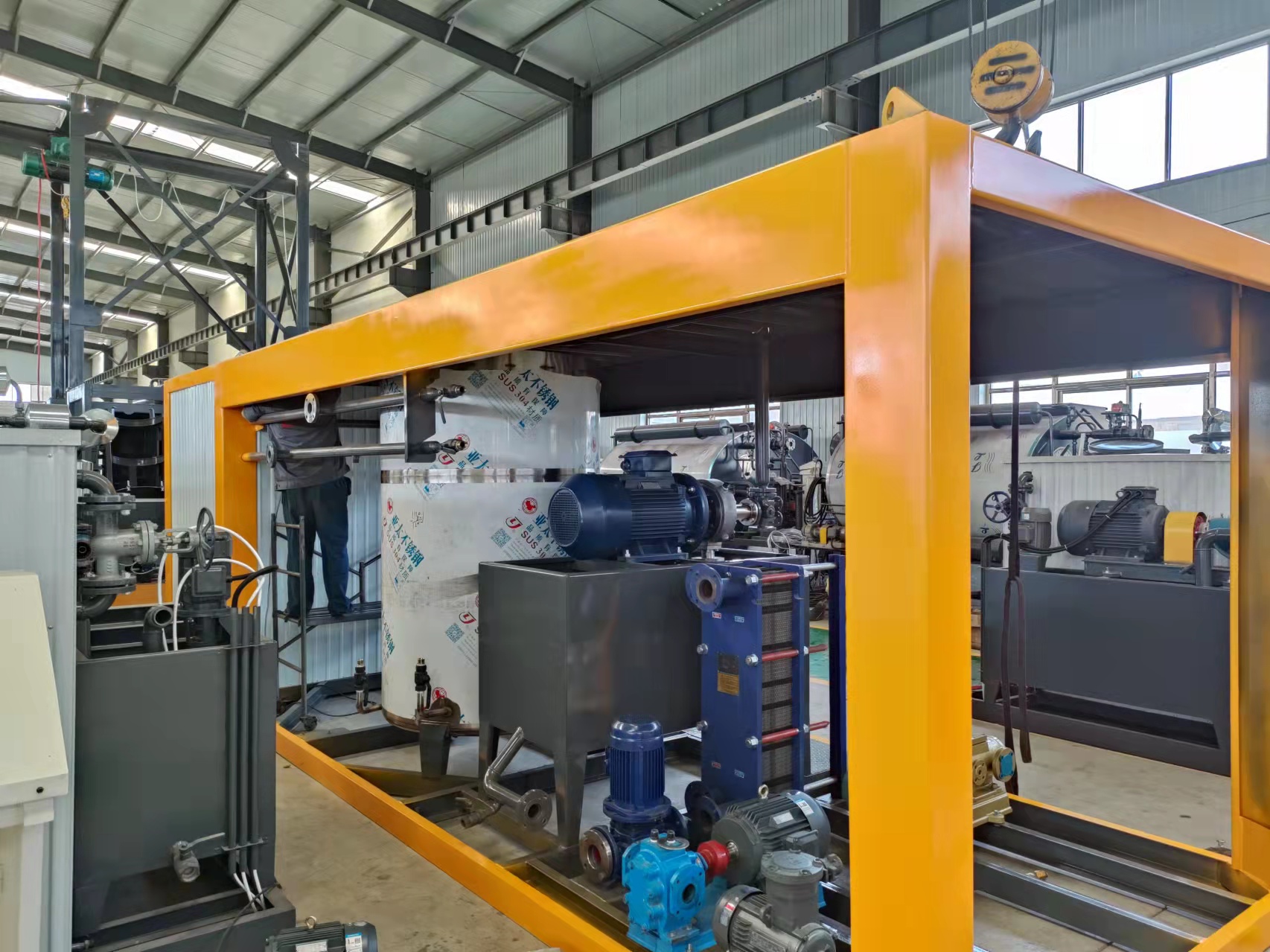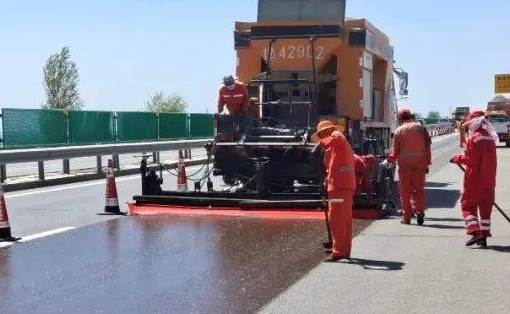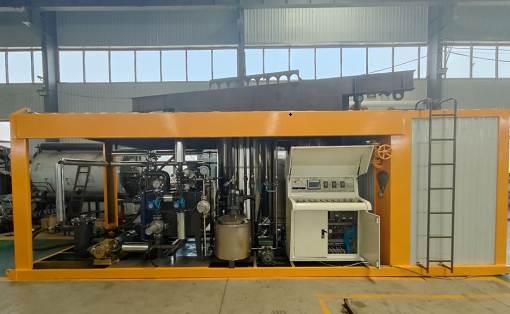Various types of modified asphalt equipment meet user needs
For the relevant knowledge of modified asphalt equipment, we have more or less introduced it in the above articles. I believe that most users also have some simple understanding of it. Today we also mastered:
In order to meet the different requirements of customers, the configuration and process of the equipment produced by the manufacturers of modified asphalt equipment are diversified. There are fixed production types, mobile types, and imported main machines, but the imported main machines are expensive, so most customers configure domestic pipeline emulsifiers or colloid mills. In terms of the degree of automation, there are fully automatic production and semi-automatic production. Regardless of the form of production, each has its own advantages and disadvantages. What kind of process and configuration is used depends on the annual production volume and the customer’s requirements for equipment, product performance requirements and other factors. I hope that these introductions can help users choose to a certain extent.
For the relevant knowledge of modified asphalt equipment, we have more or less introduced it in the above articles. I believe that most users also have some simple understanding of it. Today we also mastered:
In order to meet the different requirements of customers, the configuration and process of the equipment produced by the manufacturers of modified asphalt equipment are diversified. There are fixed production types, mobile types, and imported main machines, but the imported main machines are expensive, so most customers configure domestic pipeline emulsifiers or colloid mills. In terms of the degree of automation, there are fully automatic production and semi-automatic production. Regardless of the form of production, each has its own advantages and disadvantages. What kind of process and configuration is used depends on the annual production volume and the customer’s requirements for equipment, product performance requirements and other factors. I hope that these introductions can help users choose to a certain extent.





